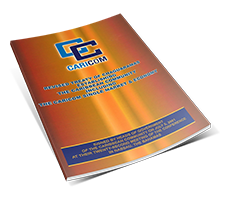Article 67: Standards and Technical Regulations
- COTED shall, in collaboration with competent agencies, develop a standardisation programme in furtherance of the objectives of this Chapter and consistent with the international obligations of the Member States.
- In implementing the programme, the Member States shall not use standards, technical regulations and conformity assessment procedures as barriers to trade.
- The programme shall have the following objectives:
(a) trade facilitation;
(b) enhanced efficiency in the production and delivery of goods and services;
(c) improved quality of goods and services traded within the Community and with third States; and
(d) consumer and environmental protection.
- The programme shall include the following elements:
(a) harmonisation of standards and technical regulations, and transparency in the development and promulgation of standards and technical regulations;
(b) recognition of conformity assessment procedures through mutual recognition agreements or other means;
(c) facilitation of standards infrastructure development at the national and regional levels;
(d) facilitation of metrology infrastructure development; and
(e) arrangements for the exchange of information with respect to development and implementation of standards and technical regulations among the parties to this Treaty.
- The Community shall promote the establishment of a regional standards body which shall, inter alia:
(a) facilitate implementation of the standardisation programme;
(b) assist the Member States in understanding and fulfilling their obligations under this Treaty and other international agreements;
(c) promote the development of national standards bodies in the Member States; and
(d) facilitate access to technical assistance available in the Member States and in third States.
- For the purposes of this Article, the following definitions apply:
(a) “technical regulations” means regulations which lay down product characteristics or their related processes and production methods, including the applicable administrative provisions, with which compliance is mandatory. The term may also include or deal exclusively with terminology, symbols, packaging, marking or labelling requirements as they apply to a product, process or production method.
(b) “standard” means a guideline approved by a recognised body, that provides, for common and repeated use, rules, guidelines or characteristics for products or related processes and production methods, with which compliance is not mandatory. The term may also include or deal exclusively with terminology, symbols, packaging, marking or labelling requirements as they apply to a product, process or production method.
(c) “conformity assessment procedures” includes any procedure used, directly or indirectly, to determine that relevant requirements in technical regulations or standards are fulfilled.
